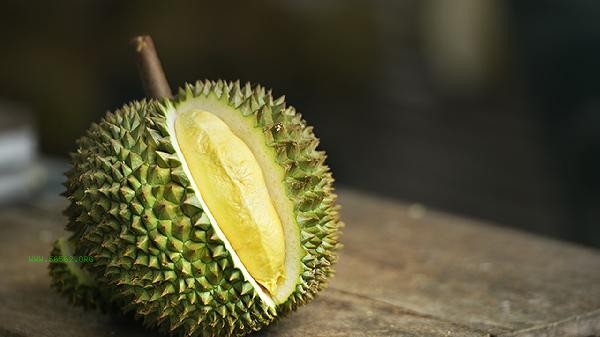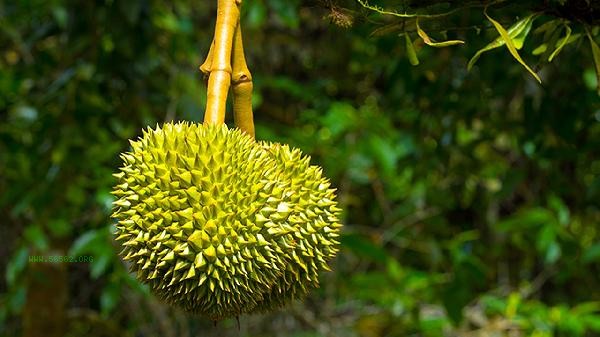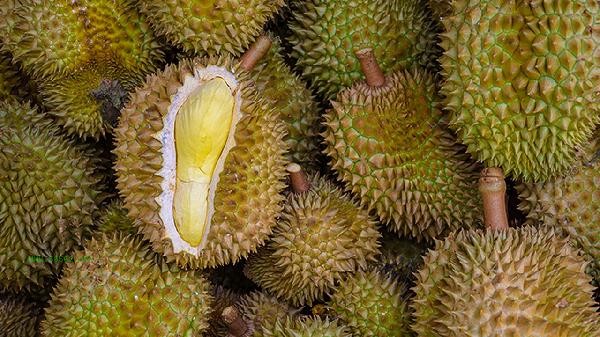Durian shells can be consumed after drying, but they need to undergo specific treatment to remove irritating substances. The main methods for drying durian shells for consumption include cleaning and peeling, high-temperature steaming, thorough drying, grinding into powder, and pairing with food.

1. Clean and Peel
Fresh durian shells have sharp thorns and dirt on the surface, which need to be rinsed with a hard bristled brush and running water to remove impurities. The outer hard shell needs to be removed with a knife, leaving only the inner light yellow fiber layer, which contains a certain amount of dietary fiber and minerals. When handling, it is recommended to wear gloves to avoid being scratched by hard spikes, and the peeling thickness should be controlled at around 3 millimeters.
2. High temperature steaming
Cut the processed shell meat into pieces and boil it in boiling water for more than 20 minutes. High temperature can decompose the residual sulfides and tannic acid inside the shell. A small amount of baking soda can be added during steaming to help neutralize acidic substances, and it is best to cook until the fibers soften and become semi transparent. This process can eliminate the astringency and irritability of the raw shell, and improve the subsequent drying efficiency.
3. Fully air dry
After steaming and cooking, the shell meat should be laid flat on a bamboo sieve and exposed to sunlight for 3-5 days. During this period, it should be flipped regularly to ensure even dehydration. The ideal state is when the fibers are completely dry and brittle, and have no toughness when they break. In rainy weather, a dryer can be used to dry at 60 ℃ for 8 hours instead. Excessive high temperature can lead to nutrient loss. The degree of dryness directly affects the subsequent grinding effect and storage period.

4. Grind into powder
The dried shell blocks are crushed into fine powder using a blender, and the coarse fibers that have not been crushed are removed by sieving. The powder should be sealed and stored in a cool place, and a small amount of food desiccant can be added to prevent moisture. The finished product is a light brown powder with a slight caramel aroma. Each 100 grams of dry powder contains about 6 grams of dietary fiber and trace minerals such as potassium and magnesium.
5. When paired with durian shell powder, it can be added to flour to make pastry. The recommended ratio is within 5% to avoid affecting the taste. It can also be used as a stew seasoning, and when cooked with meat, it can help soften the fiber. Patients with gastrointestinal sensitivity should undergo a small amount of testing on their first attempt, and pregnant women and patients with digestive system diseases should use it with caution. After standardized processing, durian shells have certain edible value, but should not be consumed in excess. The recommended daily consumption is no more than 2 times a week, with each dose controlled below 10 grams. Eating fruits and vegetables rich in vitamin C can help with mineral absorption. If discomfort such as bloating occurs after consumption, stop immediately. Pay attention to moisture and insect prevention during storage, and it is recommended to use it within 3 months after opening to maintain its flavor. Special populations should consult a professional physician before use.









Comments (0)
Leave a Comment
No comments yet
Be the first to share your thoughts!